The 2025 International Aeronautical Congress will be in Sydney! According to estimates by Investment NSW, the conference in Sydney is expected to attract 4500 delegates and this offers an extraordinary opportunity for Australian schools to engage with the space sector in the leadup to the event.
Not only can you plan to have your students visit the International Aeronautical Congress, but you can also already be inspiring your students about space opportunities with some simple steps!
Join the Australian Virtual Astronaut Challenge
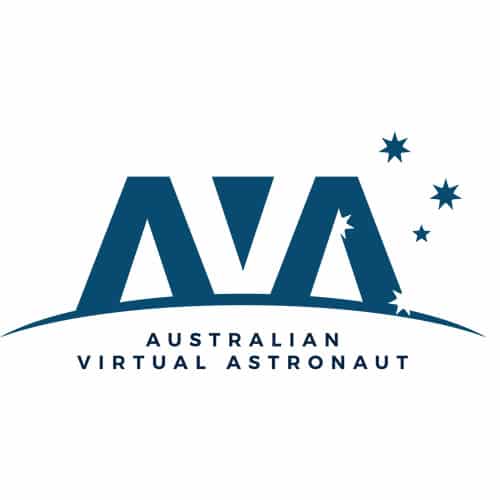
Use the free resources on the Australian Virtual Astronaut Challenge. In this resource, your students complete a 9-week STEM design sprint based on challenges facing NASA’s Artemis and the Australian space industry. There are four scenarios to choose from;
- Earth Observation
- Robotics
- Home on the Moon
- Growing Food in Space
All downloadable PDFs and videos are freely accessible and the program has been designed to be delivered flexibly. Therefore teachers can use as much or as little of the materials as they wish. It could be finished in a couple of lessons or over a number of weeks.
We created this jointly with STEM Industry School Partnerships and it is proudly supported by AWS in Communities.
Use these space teaching ideas in your classroom
Listen to some podcasts on space education
- Learn more about the Andy Thomas Space Foundation and its impact in space education as we chat with Executive Officer Darcey Watson.
Listen now - We chat with Phyllis Friello, Education Manager for professional development at Space Center Houston and the Johnson Space Center’s Educator Resource Center to find out more about the Space Exploration Educators Conference. So much on offer, and this year you can connect virtually!
Listen now - We chat with Scarlett Li-Williams, a postgraduate research student (MPhil) at the School of Biological, Earth & Environmental Sciences at the University of New South Wales
Listen now -
Mars Rover Magic! Water on Mars, alien life, cosmic farts, and planet-sized dust storms; the two active Mars Rovers, Opportunity and Curiosity, have been creating some huge news lately. So what exactly has been going on up there? Duncan tells the story of the Spirit, Opportunity, and Curiosity rovers and takes a look at some exciting martian science that happened along the way.
Listen now
Explore the ISS using Google Maps
Yes, you really can! Using your mouse or fingers you can look around each module to your heart’s content, zooming on interesting technology and reading about the history, origin and the use of each node.
Program in International Asteroid Day
Yes, you read that correctly. There exists an entire day dedicated to the education and awareness of asteroids and what we can do in case one crashes into the Earth! The International Asteroid Day is supported by the United Nations and it falls on the day of the Tunguska Event when a meteorite caused a large explosion in Russia back on June 30, 1908
Have a space science workshop or show at your school
Join the Exolab plant growth mission on the International Space Station
The ExoLab combines an LMS with a school kit that measures & compares real-time data with an International Space Station experiment on plant growth.
As an internet of things device, students can access the experiment from school or their home, complete lessons on the LMS as well as join a global community of schools!
Share your thoughts!
The Australian Space Agency aims to triple the national space economy from AU$4 billion to AU$12 billion and create 20,000 jobs by 2030. To meet this challenge, its about inspiration, education, mentoring & career pathways. What steps do you think need to be taken now and into the future? How might we prepare students as we move towards Artemis and beyond? Share your thoughts below!
Happy teaching,
Ben Newsome.
Primary science teaching book
“Be Amazing! How to teach science, the way primary kids love”

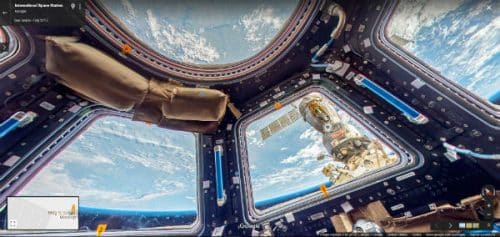
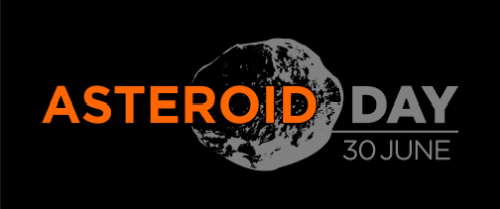
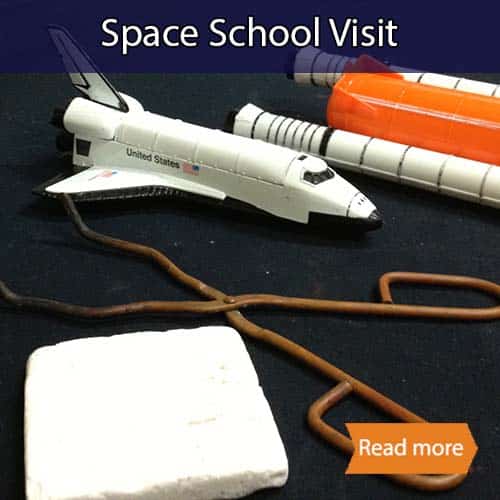
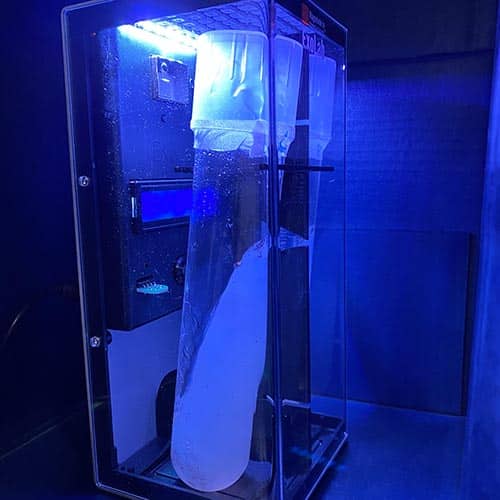

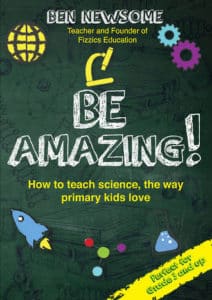



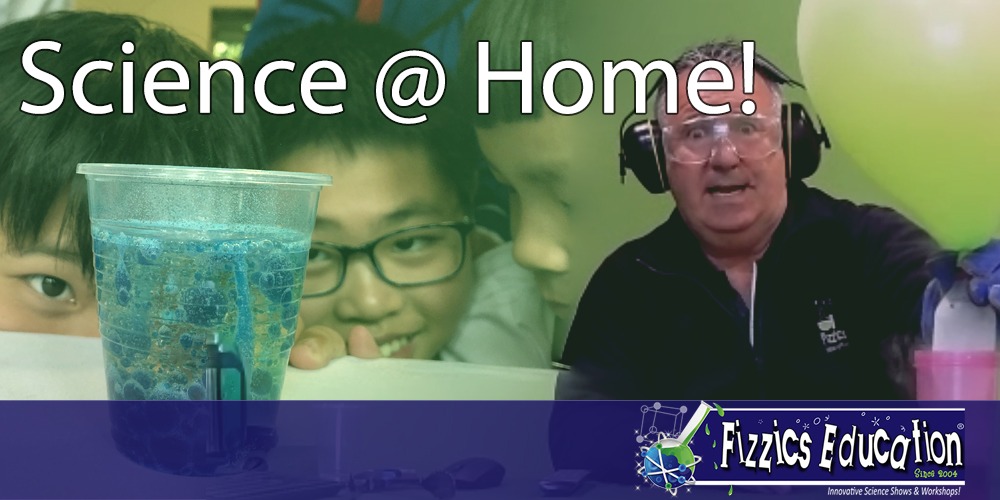
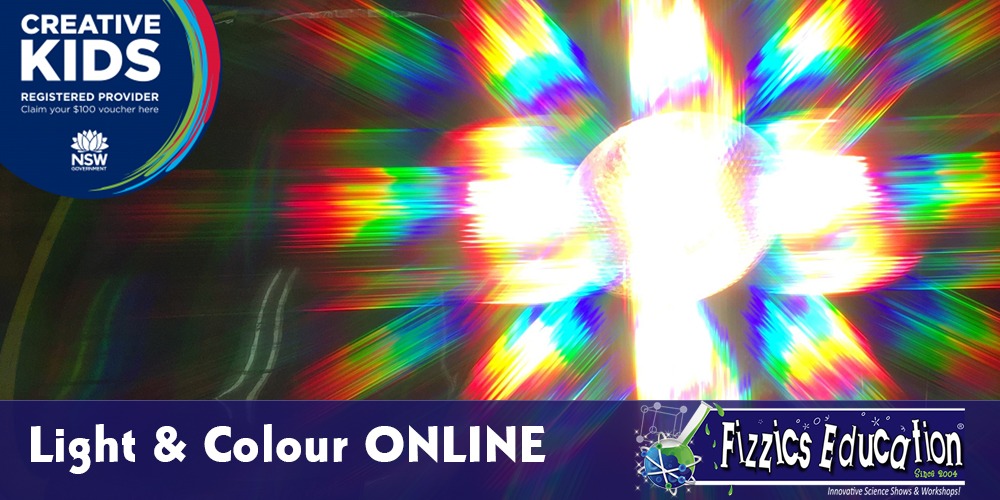
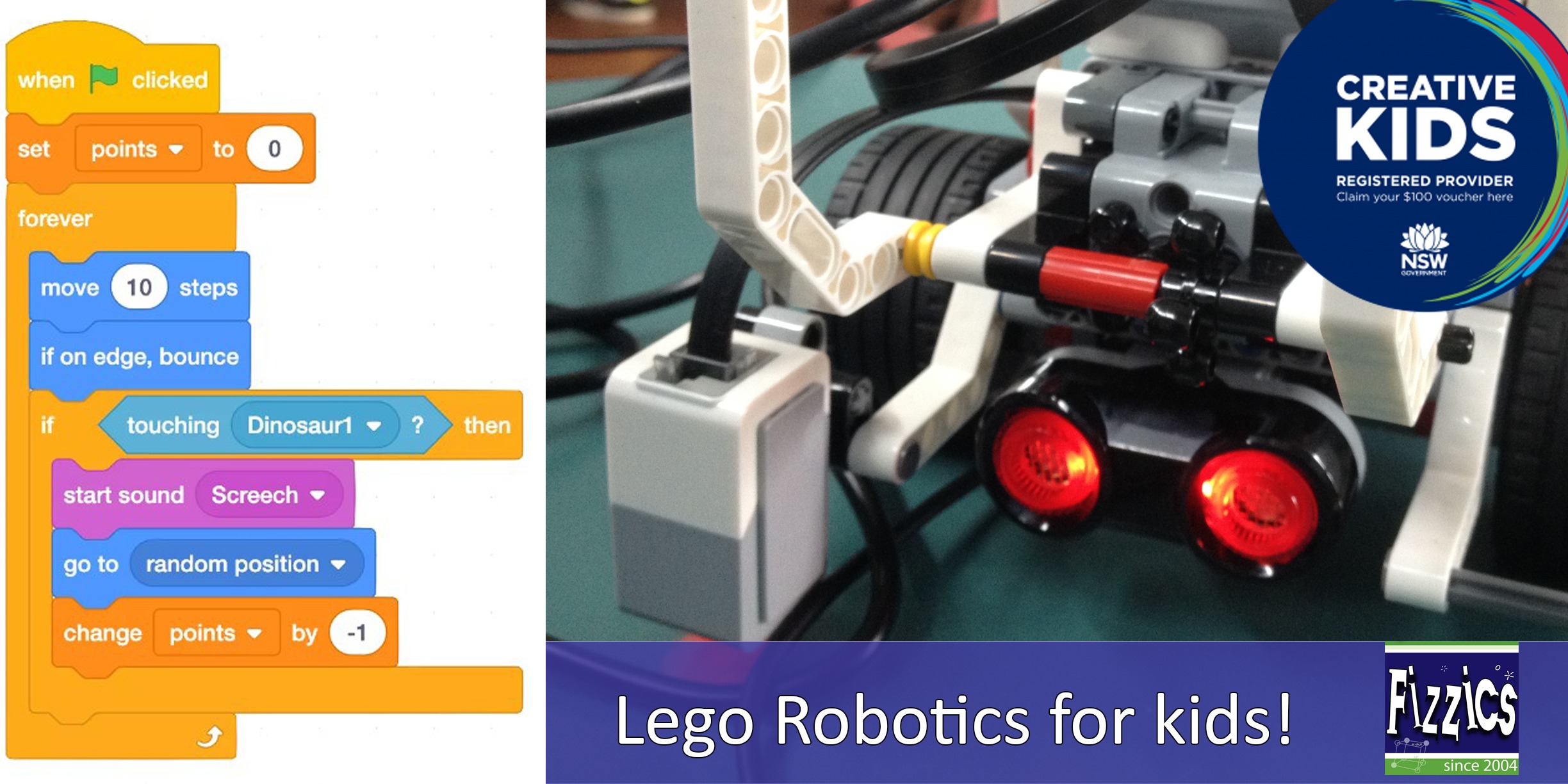
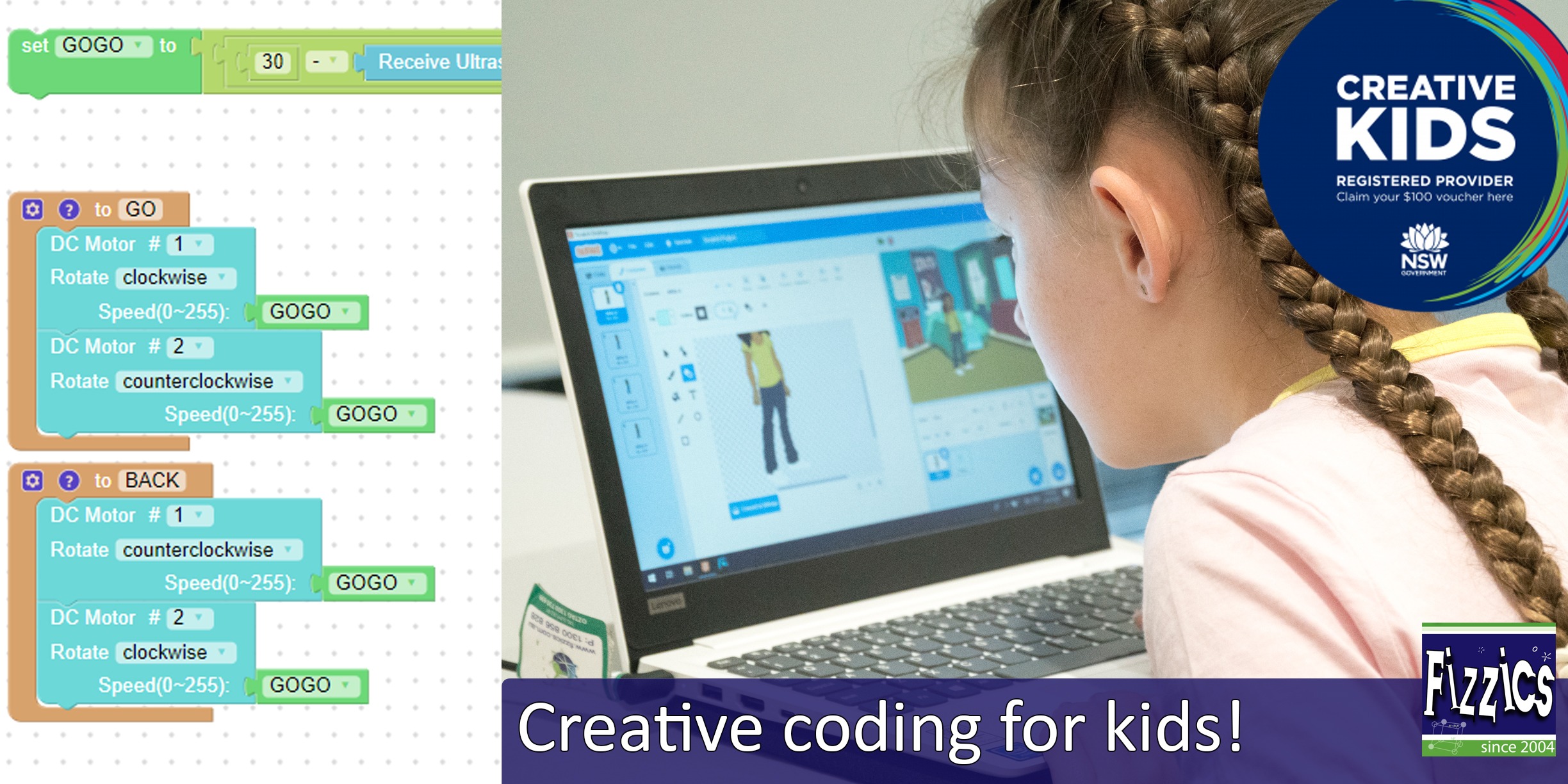
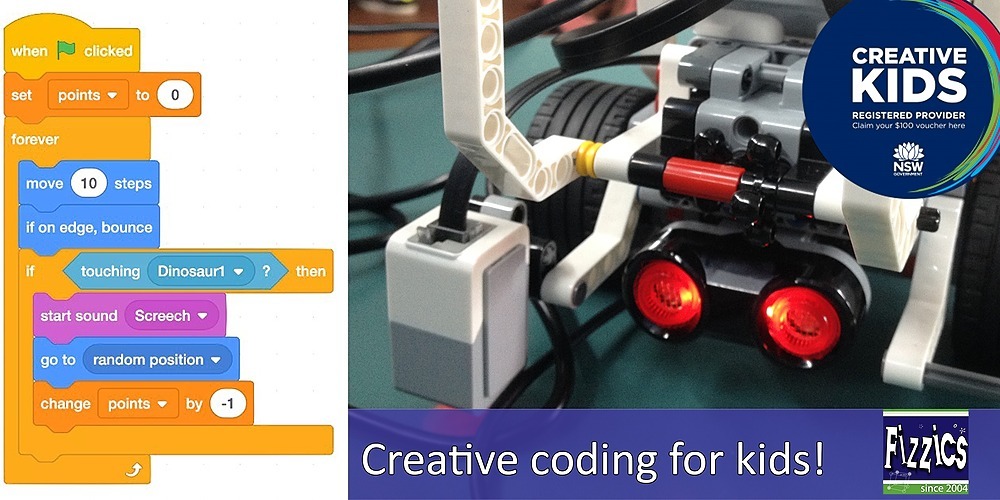
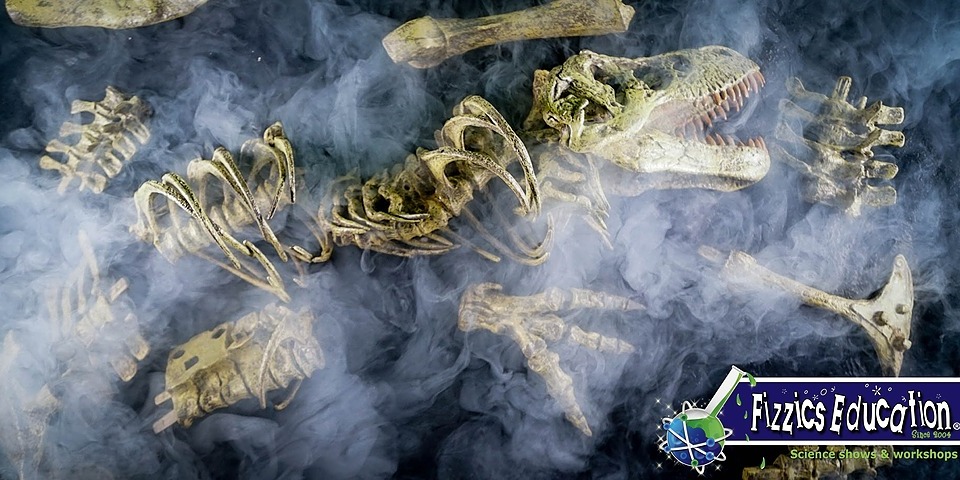
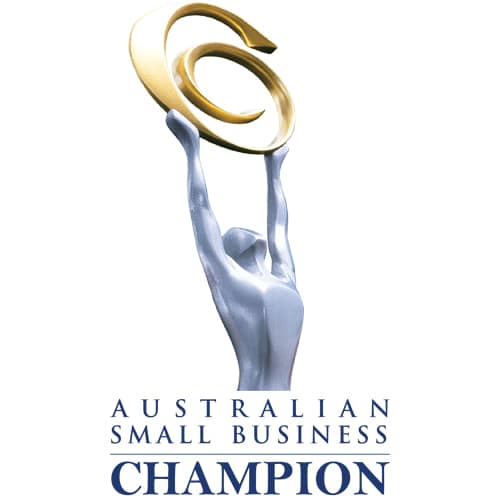
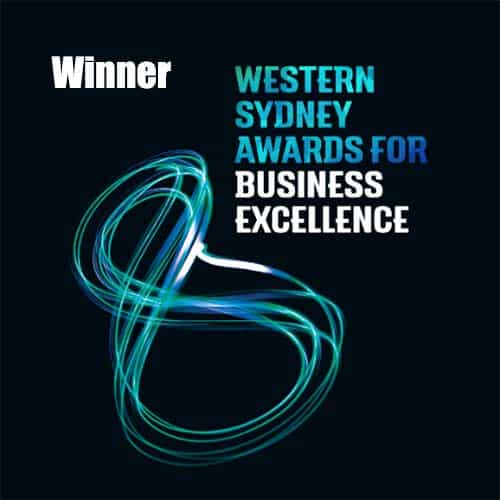
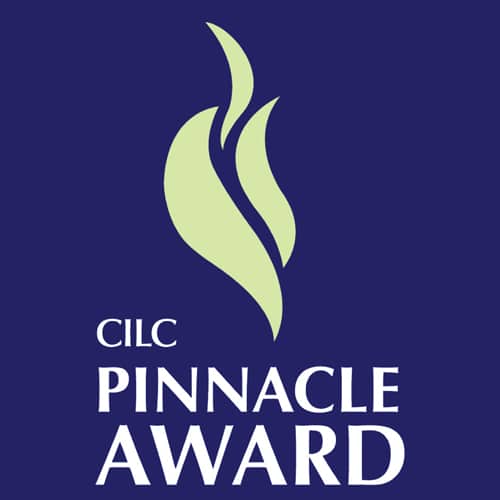
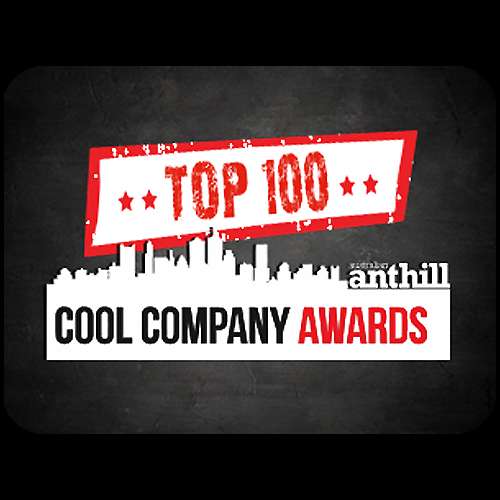
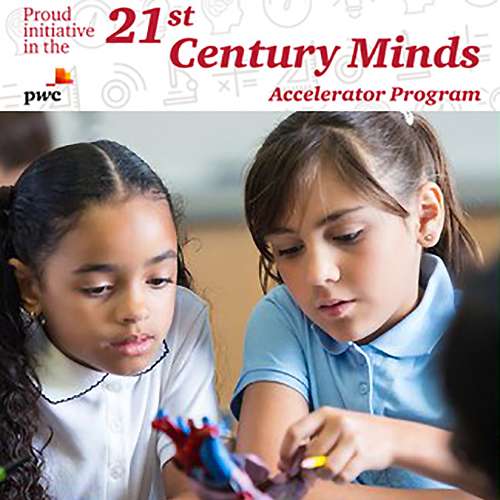
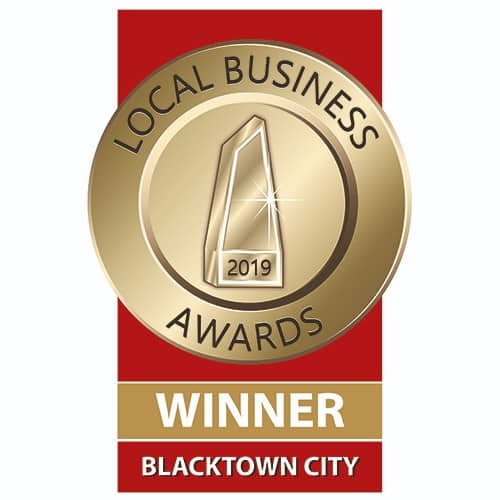
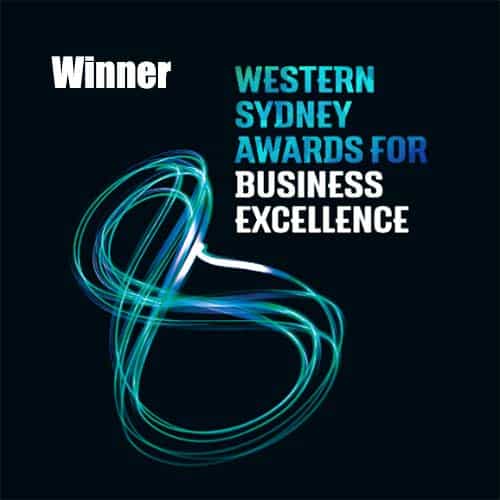
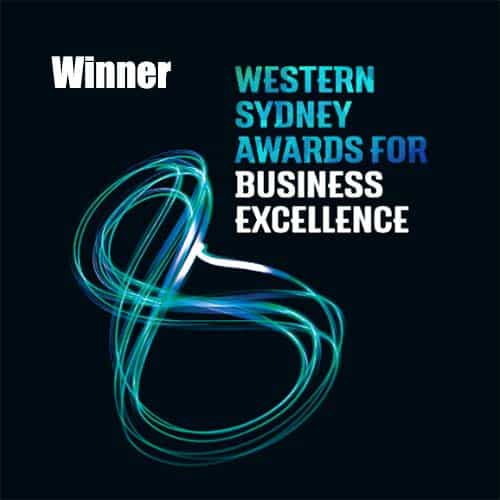
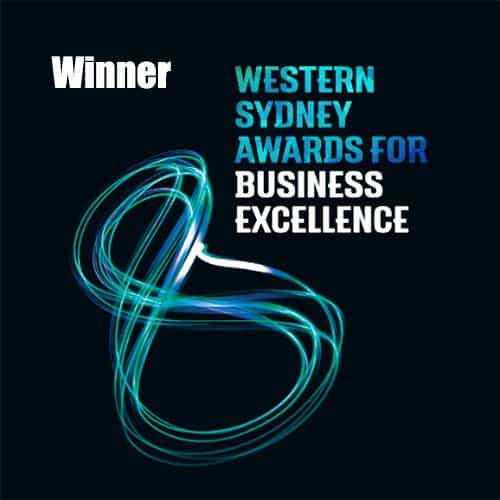
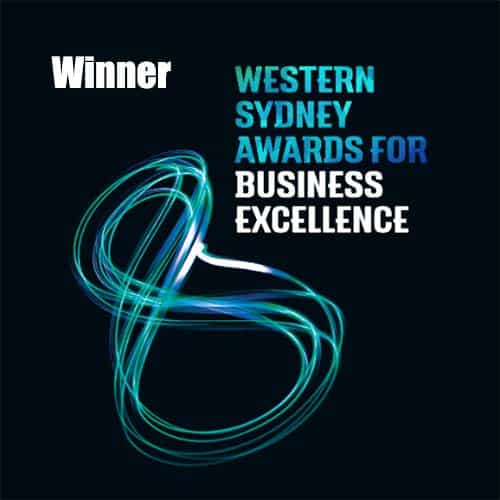
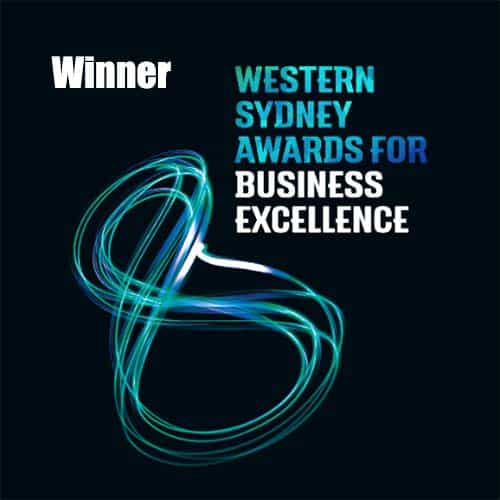
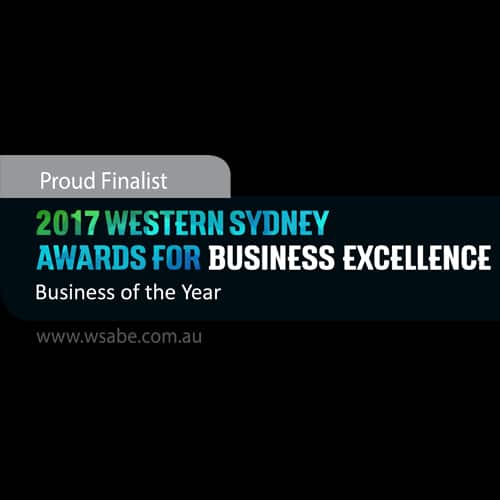
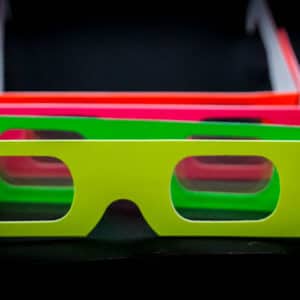



Comments